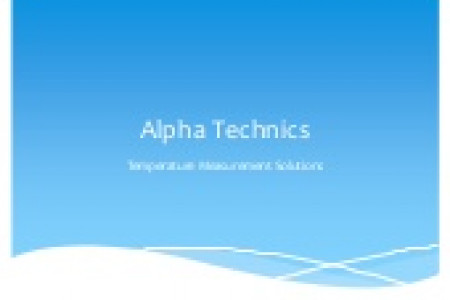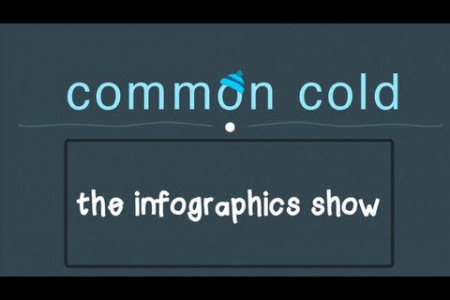
Understanding the Next Generation Science Standards | TCI
Next Generation Science Standards (NGSS) New science standards were developed to change the way science is taught in K–12 classrooms. Students learn the ideas of science through actually doing science. The three dimensions of NGSS are: Disciplinary Core Ideas focus the K-12 science curriculum Science and Engineering Crosscutting Concepts are the themes or lenses for students Practices are the skills and behaviors that students will and assessments on the most to use as they explore a particular topic. The concepts have applications across all domains of science, i.e. important aspects of science. Between 2-4 core ideas are need to learn in order to "do" science and engineering as scientists and engineers, i.e. asking questions, developing models, analyzing data, etc. organized into each of the four science domains. patterns, cause and effect, scale, etc. physical sciences | life sciences | earth and space sciences engineering, tech- nology, and applications of science How is NGSS new and different from existing science standards? There are six conceptual shifts in NGSS. 1| 4 K-12 science education should reflect the interconnected nature of science as prac- ticed and experienced in the real world. The standards focus on deeper under- standing of content and application of content. The standards are student performance expectations- NOT curriculum. Science, engineering, and technology are integrated. 31 The science concepts build coherently across K-12. 61 NGSS and Common Core State Standards are aligned. Practice, Practice, Practice! Science and Engineering Practices Eight practices are considered essential in the K-12 science and engineering curriculum. Stu- dents can use these practices separately or in combination, to demonstrate their understanding of science and engineering. No one practice is more important than the others. By engaging in these practices, students understand how scientists and engineers work. Asking Questions and Defining Problems Obtaining, Evaluating, and Communicating Info Developing and Using Models Engaging in Argument from Planning and Carrying Out Investigations Evidence Constructing Explanations and Designing Solutions Analyzing and Interpreting Using Data Mathematics and Computational Thinking The practices define what inquiry means. Scientists and engineers do investigations, math, writing, arguing, presenting, and more. What should a science classroom look like? Comprehensive Approach Integrated Practices and Core Ideas Developmental Progression science and Engineerng Fractice. Assessments Grade 5 Grade 4 suden-cemered Lbarning 3 Grade 3 2 Grade 2 Investigations Grade 1 Grade K Text &Simulation Core Ideas Student-centered learning, text, simulations, investigations, and assessments all support and Practices (doing science and engineering) are now linked to learning core ideas. "Building progressively more sophisticated explanations of natural phenomena is central throughout grades K-5, as opposed to focusing only on description in the early grades and leaving explanation to the later grades." build off one another. - NRC Framework Next Generation Science Standards: http://www.nextgenscience.org/ | Conceptual Shifts: http://bitly/27J5v7 | Eight Practices: http://www.nap.edw/catalog.php?record_id=13165 TCI Brings www.teachtci.com Learning Alive!.
Understanding the Next Generation Science Standards | TCI
Source
http://www.t...-ngss.htmlCategory
ScienceGet a Quote








